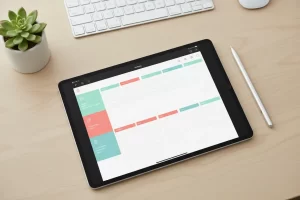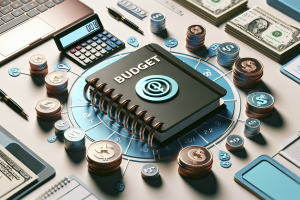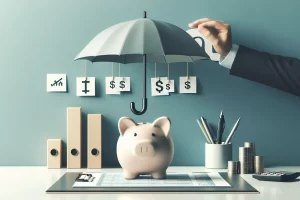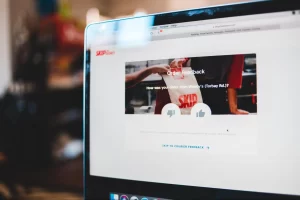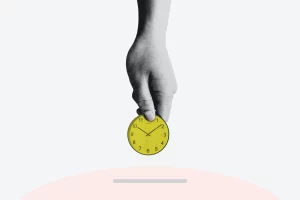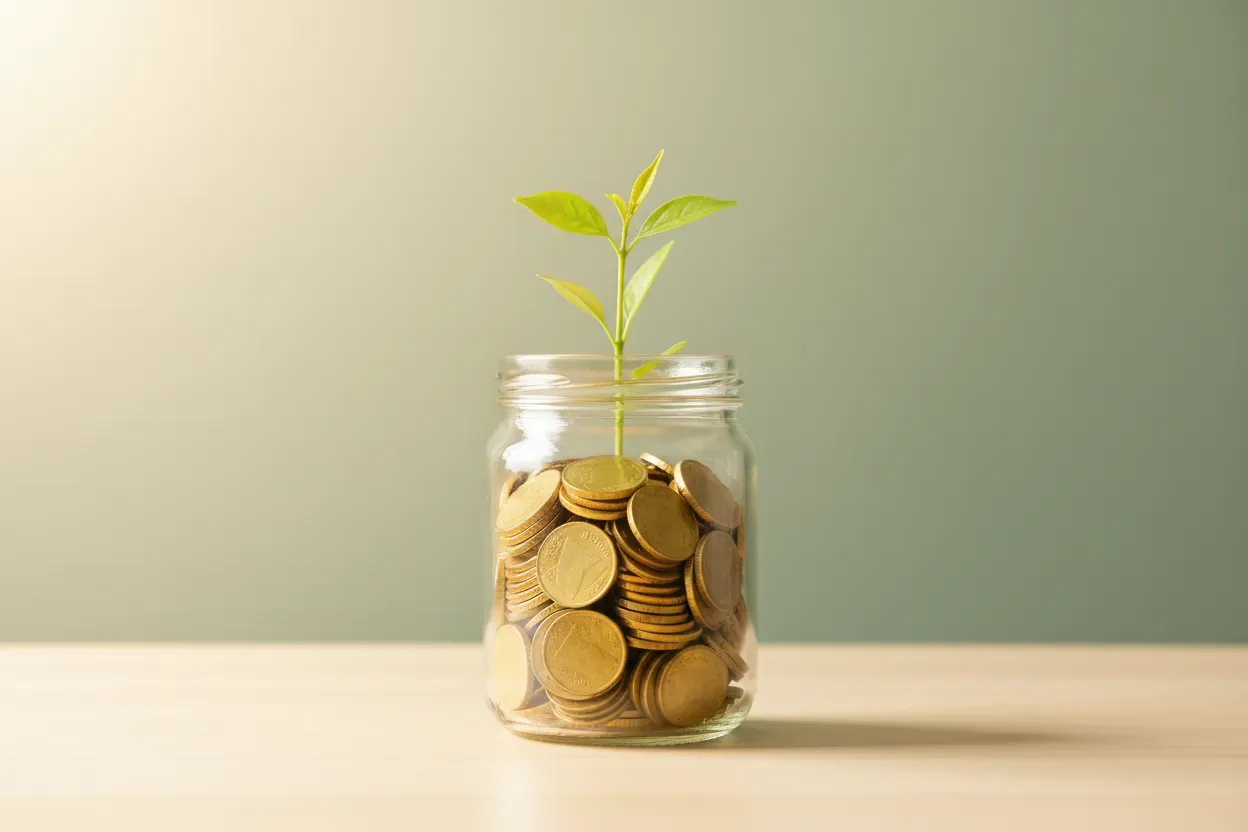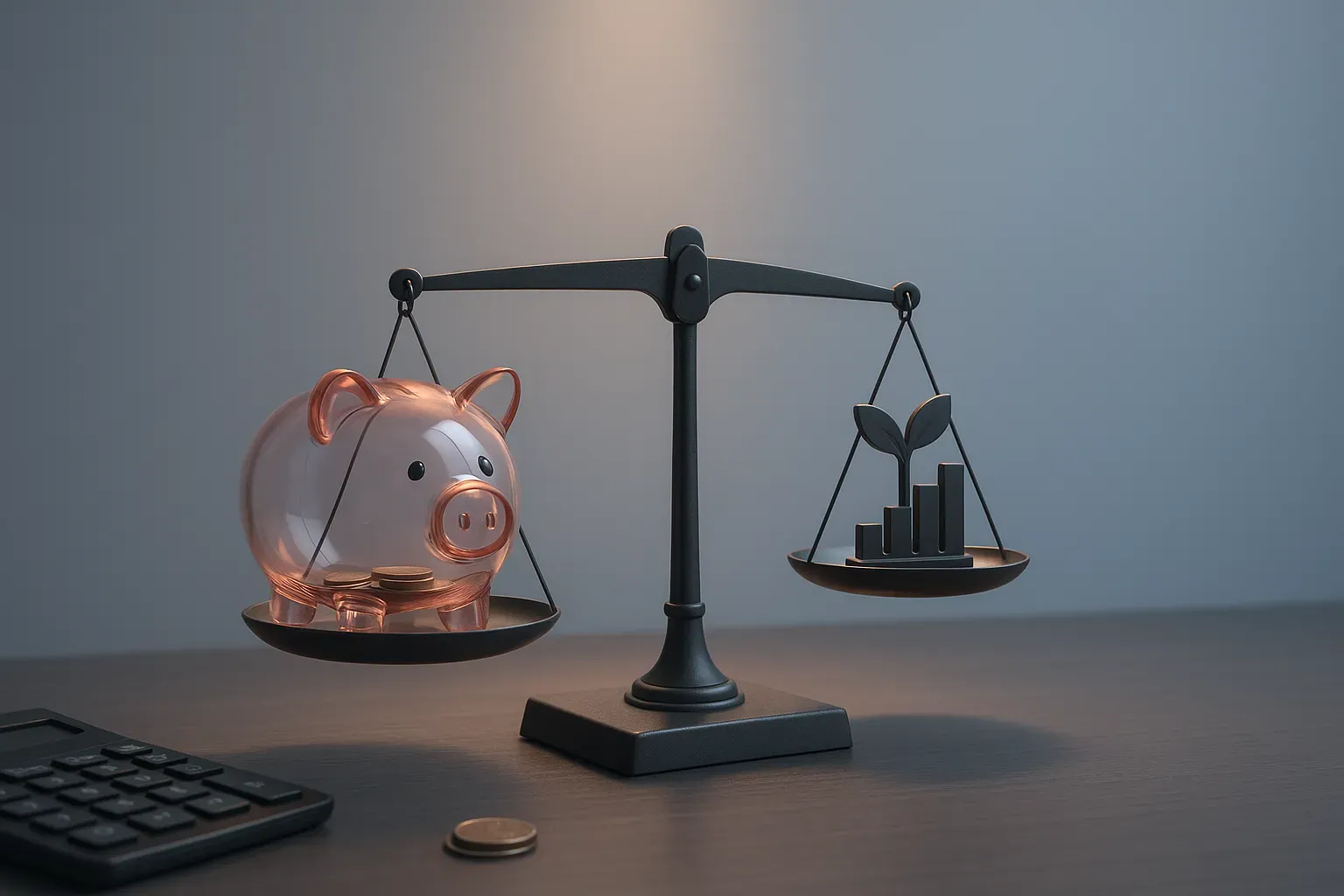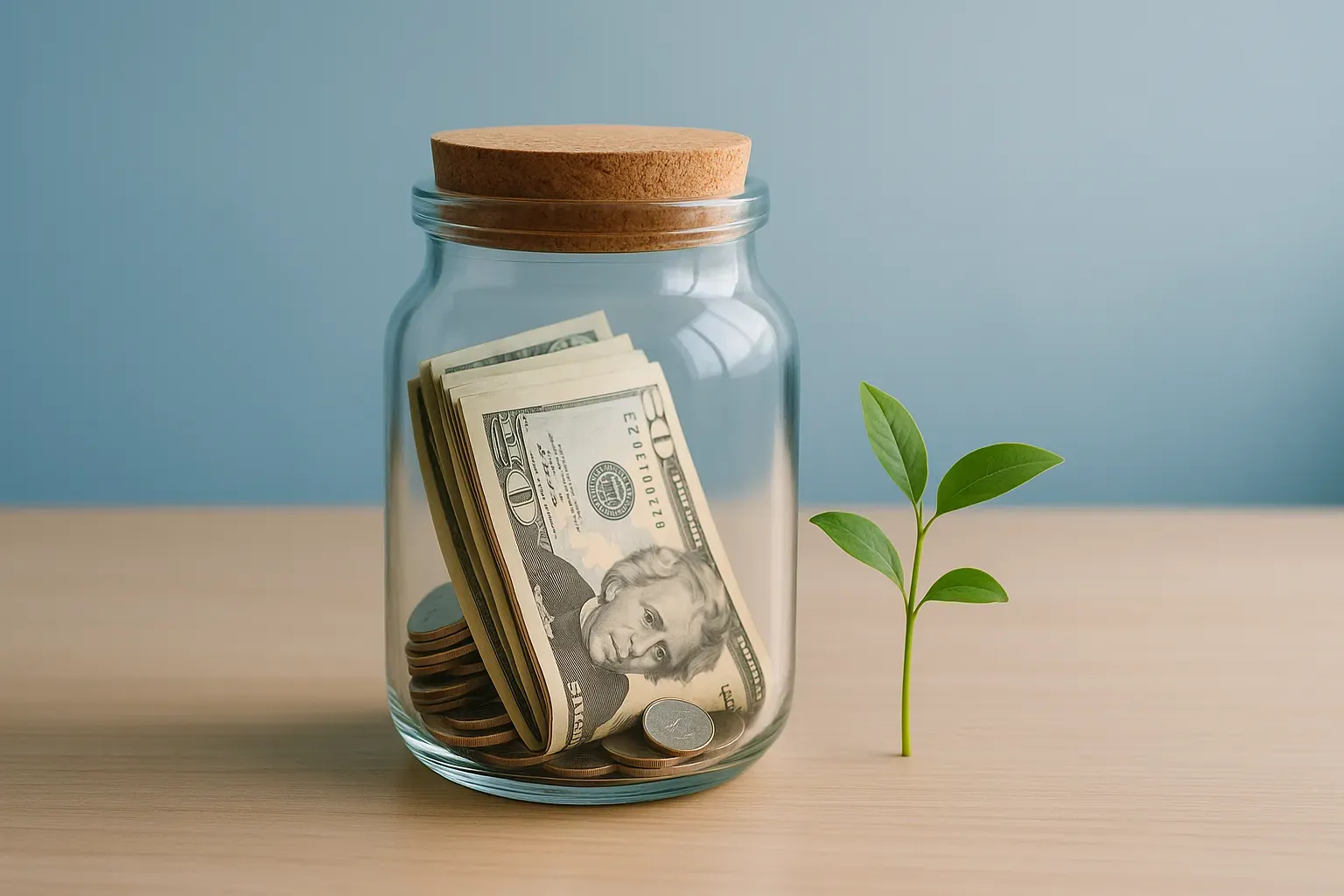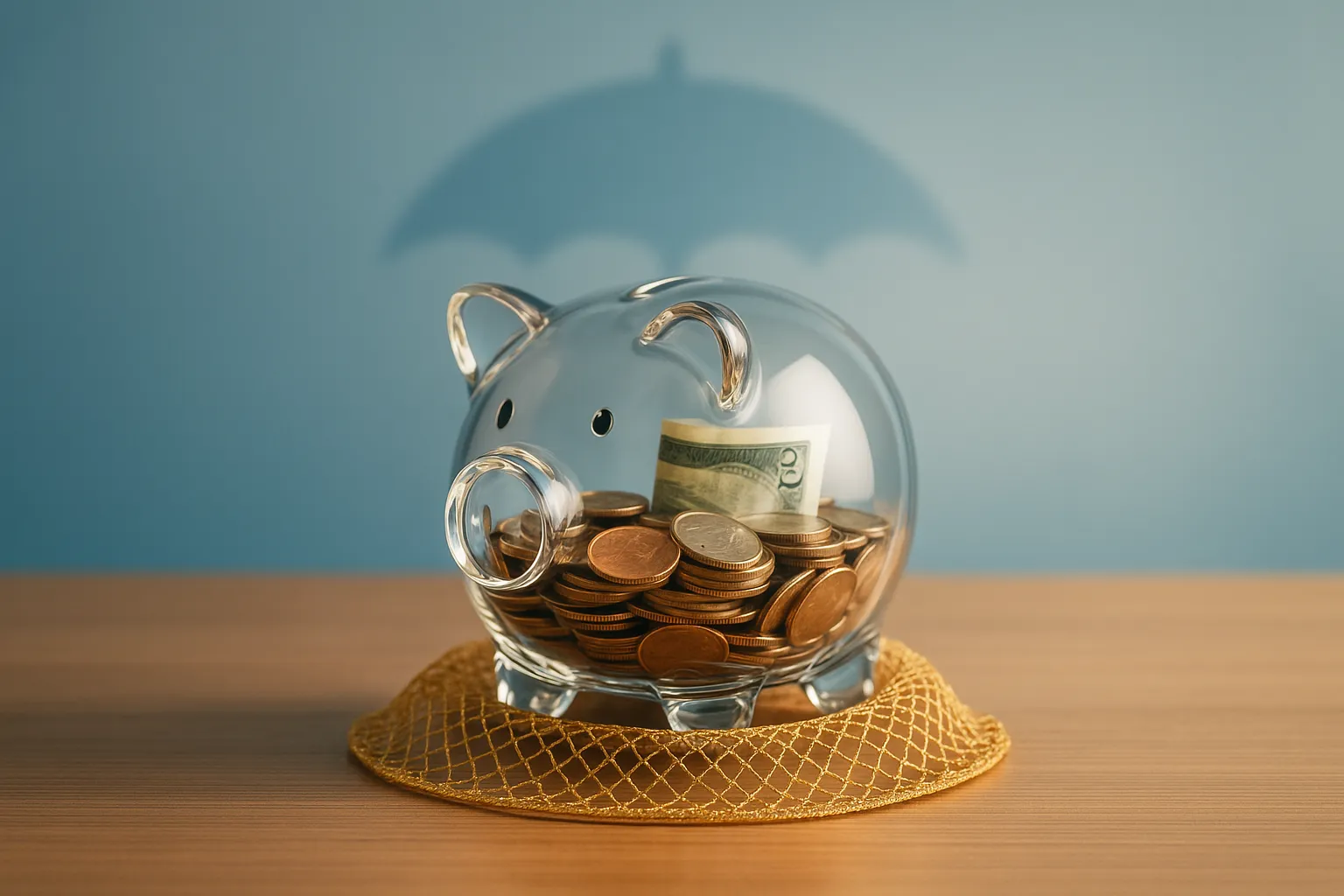How to Find the Right Balance Between Saving and Investing
Finding the right balance between saving and investing requires careful planning and strategic thinking, as highlighted by financial experts in the field. The key to financial success lies in creating a structured approach that protects your immediate needs while allowing for future growth opportunities. This article explores essential frameworks like the 30-30-30-10 rule and the three-R approach that can help anyone build financial security while maximizing potential for wealth accumulation.
- Breathe Financial Balance Through Three-R Framework
- Match Safety Reserves to Personal Comfort Level
- Choose Assets That Rebuild Savings Automatically
- Simple Plan With Clear Risk Boundaries
- Balance Immediate Control Against Future Options
- Maintain Strong Buffer Before Pursuing Growth
- Protect Recovery First Before Pursuing Growth
- Ready Capital Unlocks Real Estate Opportunities
- Control Test Determines Cash Flow Direction
- Money Timing Drives Both Savings and Dreams
- Age Changes Financial Math and Mission
- Save Until You Can Guarantee Customer Certainty
- Balance Protection and Growth Momentum
- Cap Existential Risk Before Chasing Upside
- Follow 30-30-30-10 Rule for Financial Balance
- Secure Present Before Building Future Wealth
- Save Cash for Opportunities Worth Waiting For
Breathe Financial Balance Through Three-R Framework
When people ask how I decide between saving and investing, I tell them it is like breathing: inhale first, then exhale. You save to breathe in then pull security toward you. You invest to breathe out; push potential into the world. Do one without the other and you eventually suffocate.
My rule started during a tough year when I was working two jobs and watching every dollar. I kept saving small bits, but inflation quietly shrank them. Then I swung the other way; put everything into the market and had no cushion when life reminded me it doesn’t care about my spreadsheet. Then, I built what I now call the “Three-R Framework”:
1. Reach: How far can I stretch before risk becomes stress? Say a choice keeps me awake at night, then it is not investment, it is speculation. Money should bring peace of mind, not keep you up at night.
2. Rhythm: Every person has a financial tempo. Some feel safe with six months of savings; others thrive with two. Your rhythm decides how quickly cash should flow from saving to investing and back again.
3. Response: Life changes faster than interest rates. I review both accounts every quarter, not to chase returns but to test my flexibility. Could I cover an emergency and still keep compounding? If yes, balance restored.
Most finance experts talk about percentages. I talk about probabilities of regret. Saving reduces the chance you will regret tomorrow’s surprise; investing reduces the chance you will regret today’s hesitation. The right balance is where both regrets are small enough that you can live fully in between.
Starting out? Forget the noise from pundits and price charts; listen to your stress levels first. When your savings feel like freedom, not fear, start investing. When your investing feels like adventure, not anxiety, keep saving. Remember, it is the moment your inhale and exhale of money finally sync.

Match Safety Reserves to Personal Comfort Level
When I work with my clients, I consider the following:
1. What’s their minimum monthly budget to keep the lights on? (basics… utilities/rent/food/insurance)
2. Do they have any back-up plan if they lost their job? For example, family nearby with an open basement guest room. NOT ideal, but available if the absolute worst were to happen.
3. What is their job? Are they a federal employee (and could be impacted by a government shutdown, for example)? Or is it a job in a secure field?
4. What is their personal mental need for that cushion? Some clients are comfortable with 3 months of expenses as a cushion, while others desire 9-12 months of expenses in savings.
5. The most common mistake I see women make is keeping too much money in a savings account vs. investing it, so pending the considerations in #’s 1-4, I prefer no more than 6 months of expenses in savings and the rest of any excess should be going into investments.
Here’s the ChatGPT polished version of my answer:
When I help clients decide how much to save versus invest, I look at both the numbers and their peace of mind.
First, we cover the basics — what’s the minimum monthly budget they need to keep the lights on: housing, food, insurance, and other essentials. Then we talk about safety nets. Do they have family nearby or another back-up plan if they lost their job? Not ideal, but it matters.
Next, I look at job stability. A federal employee facing potential shutdowns has different risks than someone in a private sector role. And then there’s the emotional side — everyone has a different comfort level. Some women sleep fine with three months of expenses saved; others need nine or twelve to feel secure.
The most common mistake I see is keeping too much money sitting in savings. Once those key factors are in place, I generally recommend no more than six months of expenses in cash, with any excess working harder in investments. It’s about balancing security with growth — enough to breathe easy, but not so much that your money’s snoozing in a high-yield savings account.
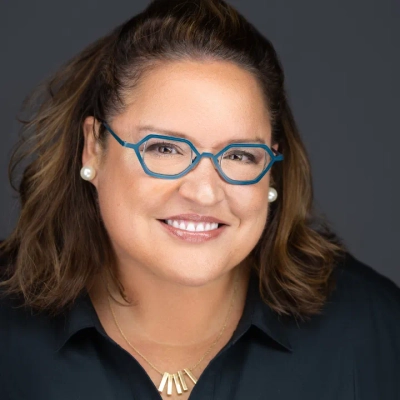
Choose Assets That Rebuild Savings Automatically
I’ve been a CPA since 1987 and managing partner of a commercial real estate firm, so I’ve seen this question play out in property investments for decades. My answer is simple: save until you can handle the inevitable surprise, then invest in assets that generate income to rebuild your savings automatically.
Here’s what I mean by “inevitable surprise.” In our business, we tell investors to budget for roof repairs over 15-20 years, but leaks don’t wait for your schedule. I’ve watched owners drain their cash reserves fixing an HVAC system that died right after acquisition, then scramble for capital when a tenant leaves unexpectedly. The investors who succeed keep 12-18 months of operating expenses liquid–not 3-6 months–because commercial properties always hit you with something expensive.
The factor I prioritize that most people ignore: can your investment feed your savings account? I focus on properties with stable tenants paying rent that covers expenses plus 20-30% cushion. That excess cash flow goes straight back into reserves. One of our clients bought a retail center in 2019 and within two years needed $150K for parking lot replacement–a capital expense tenants don’t cover. He had the cash because his NOI had been rebuilding reserves monthly.
My rule from managing properties since 1987: your savings goal should equal the biggest non-insurable expense you could face, then invest in income-producing assets that refill that fund automatically. Real estate taught me that growth is great, but cash flow pays for emergencies.
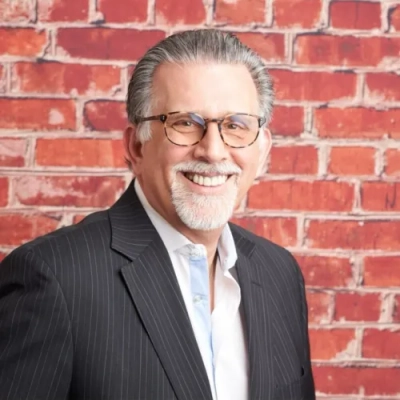
Simple Plan With Clear Risk Boundaries
Decisions get better when you separate risk buckets. I start with an emergency fund that covers six months of expenses in cash. That buys peace and options when life happens. Everything above that flows into a simple plan: low-cost index funds, auto contributions, and a written rule for rebalancing. I review once a quarter with a short checklist: goals, time horizon, and fees. When markets get loud, I look at the inputs I control—savings rate and asset mix. If those are on plan, I do not touch it. Discipline protects you from clever ideas that are really impatience in disguise. Do not get fancy. Get consistent.
Balance Immediate Control Against Future Options
I don’t think about saving and investing as opposites. I think about them as time horizons for control.
Saving is about buying stability. Investing is about buying optionality. One gives you a buffer; the other gives you leverage. So when I decide how to allocate money, I ask: “What kind of control do I want over my future — immediate or delayed?”
In my early 20s, I leaned too hard into investing. Everything went into growth — startups, crypto, index funds. My balance sheet looked great, but my stress levels didn’t. I had no liquidity and no safety net. Later, I flipped it. I built savings first — six months of peace-of-mind money. That became the emotional runway that made me bolder as an investor, because I wasn’t gambling my security.
The real mistake most people make isn’t saving too little or investing too late. It’s not being honest about what kind of risk they can sleep through. You can’t invest confidently until you’ve saved enough to not check the market every morning.

Maintain Strong Buffer Before Pursuing Growth
For me, the biggest shift in balancing saving versus investing came after a year when unexpected repairs hit three of our service trucks at once. It drained cash reserves faster than I anticipated, teaching me the value of maintaining a strong buffer before chasing growth. Since then, I’ve made it a rule that we don’t move forward on any new investment—whether it’s equipment, expansion, or marketing—until we’ve built and maintained at least three months of operating expenses in reserve. Once that safety net is solid, I feel comfortable investing in growth opportunities because I know we can absorb a surprise without derailing the business.
The main factor I consider is stability versus return. I look at whether an investment directly improves efficiency or increases revenue within a realistic timeline. If it doesn’t check one of those boxes, it waits. Having that discipline has kept the business steady through seasonal fluctuations and unexpected expenses. It’s not the flashiest approach, but it’s what’s allowed us to grow steadily without gambling the security we’ve worked hard to build.
Protect Recovery First Before Pursuing Growth
I’m coming at this from a completely different angle–as someone who borrowed massive amounts of money for rehab and spent years clawing my way back from financial devastation caused by addiction. My priority framework got built in the trenches of actual survival, not theory.
Here’s what I learned the hard way: I don’t think about “saving versus investing” in traditional terms anymore. Every dollar I allocate now gets filtered through one question–does this protect my sobriety and stability first? Before I put money anywhere, I ask if losing it would create stress that threatens my recovery. That’s my primary factor, because I’ve watched countless people relapse when financial pressure hits and they haven’t built proper buffers.
My specific approach after nine years sober: I keep what I call “crisis cash” completely separate–enough to cover three months of basic needs plus unexpected counseling or support costs. Only after that’s solid do I look at growth. When I founded The Freedom Room, I bootstrapped slowly rather than taking loans, because debt stress is a relapse trigger I won’t risk. I’ve seen too many people in recovery lose everything chasing returns while their foundation was still shaky.
The factor nobody talks about–your earning capacity is your biggest asset, and protecting your mental health protects that capacity. I “invest” heavily in things that seem like expenses: regular therapy, my own recovery work, proper rest. These aren’t line items on a spreadsheet, but they’ve kept me earning and growing for nine years straight. That stability has generated more wealth than any aggressive investment strategy could have during my drinking years.
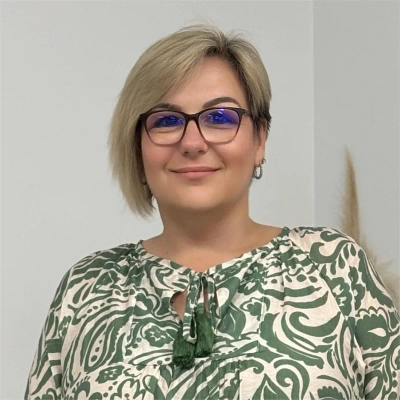
Ready Capital Unlocks Real Estate Opportunities
I look at this through the lens of commercial real estate deals in Alabama–I need cash ready when opportunities hit, but I also can’t let money sit idle while property values appreciate.
My rule: keep enough liquid to close on a distressed property in 30 days. When I find a medical building with 8 months left on a lease that the owner needs to dump, I can’t wait around. I keep about $150k accessible because in Alabama’s smaller markets, speed wins deals. Miss that window by two weeks and someone else signs the purchase agreement.
Everything beyond that emergency fund goes straight into cash-flowing properties. I bought an industrial flex space in Irondale that now generates $1,330-$1,805 per month per unit–that’s real money working harder than any savings account. The key factor most people ignore is **velocity**: how fast can you deploy capital when you spot the gap between what something’s worth and what someone’s selling it for?
With MicroFlex, we’re essentially investing in creating the exact product the market was missing. Month-to-month leases mean tenants stay longer because we’re solving their actual problem–flexibility–not just renting them square footage. That’s investing in what actually compounds: solving real needs in markets you understand deeply.
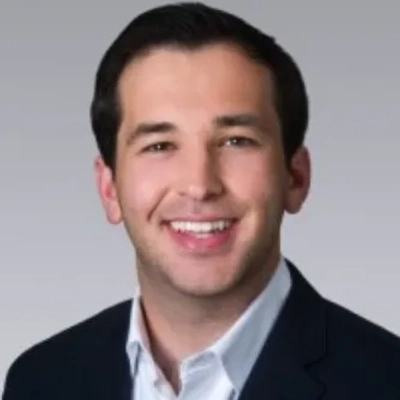
Control Test Determines Cash Flow Direction
After 40 years managing both a law firm and CPA practice, I learned the hard way that the order matters more than the percentages. I keep 3 months of operating expenses liquid–not 6, because I can liquidate client retainers or delay my own draw if needed. That’s $22k sitting in a high-yield savings account earning 4.8% right now.
Everything else flows through what I call the “control test.” If I can control the outcome, it’s an investment. If I can’t, it’s speculation. I spent $8,500 on advanced estate planning software two years ago that now generates 4 billable hours per client automatically–that’s a 340% return because I’m selling expertise, not time. Compare that to throwing money at index funds where I’m just hoping the market cooperates.
The factor nobody talks about is tax timing. With my CPA hat on, I’ve seen business owners miss this constantly. I max out SEP-IRA contributions ($66k last year) specifically in profitable years to drop my taxable income, then pull from savings in lean months. You’re essentially paying yourself back with tax savings–it’s like getting a 25-35% instant return depending on your bracket.
The real mistake is treating all cash the same. Client trust account money? That stays liquid, period. Personal emergency fund? 3 months max, then it’s dead weight. Revenue surplus? That goes into anything that makes Monday morning easier–whether it’s hiring help, buying systems, or yes, traditional investments once you’ve exhausted better options.

Money Timing Drives Both Savings and Dreams
Timing has always been key for me, so I’ve always had to believe I’d understand when to pull back and when to move forward.
In the first year of Cafely, every dollar mattered; I was highly aware of conserving funds because I wanted to ensure I could cover any unforeseen issues at Cafely and maintain a sufficient safety net without worrying about financial loss.
Once I had enough stability to feel comfortable, I began transitioning from just putting all of my excess dollars into other money market investments (in addition to the original) and into the brand. At that point, new packaging, new partnership ideas, and new ways to tell the story of Cafely through inspiring and touching people’s lives were very important.
Ultimately, I think what I weigh most heavily is how quickly I will need the money again. If I’m going to need it within a couple of months, I put it in savings. If I can afford to let it grow and take some smart, calculated risks, I invest it. I find this balance to be an important one as it allows me to stay grounded while still being able to dream big.

Age Changes Financial Math and Mission
I learned this the hard way at 60 when I left my comfortable nonprofit CFO job to start FZP Digital. My accounting background drilled “save first” into me, but drummers know you can’t keep perfect time if you’re too cautious–you have to commit to the beat.
I kept exactly 6 months of bare-bones expenses liquid before touching anything else. Not the typical 3-6 month range people throw around–I mean I calculated my actual burn rate: $4,200/month for mortgage, health insurance, and ramen. That $25,200 sat untouched while I funneled every other dollar into WordPress training courses and design software subscriptions that directly generated client work within 90 days.
The factor nobody talks about: your age changes the math entirely. At 60, I couldn’t afford a 30-year index fund horizon, but I also had decades of accounting clients who became my first web design customers. I “invested” by taking those folks to lunch ($40 each) instead of buying ETFs, and three of those lunches turned into $15K website contracts. My drummer buddies became my best referral sources because musicians always know small business owners who need help.
The religious organizations and nonprofits I serve taught me this: they budget for survival first, then invest in mission. I do the same–savings protect against disaster, but calculated investments in skills and relationships are what actually moved me from scared retiree to booked-solid agency owner. My accounting brain tracks both numbers weekly in the same spreadsheet where I used to reconcile church budgets.
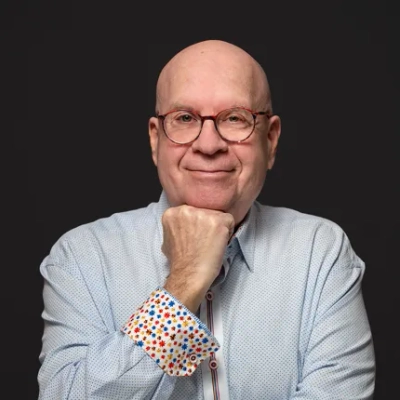
Save Until You Can Guarantee Customer Certainty
The financial concept of prioritizing “saving versus investing” is simple in the heavy-duty trucks trade: You always save until you have enough capital to invest in operational certainty.
The most critical factor I consider is Risk Mitigation Threshold. Saving is necessary until we have enough capital to cover the highest probable operational failure—like replacing a failed shipment of high-value OEM Cummins Turbocharger assemblies or covering a major 12-month warranty claim without touching operating funds. That liquid capital is the savings threshold.
Once that savings threshold is met, the rest of the capital is invested, but only in assets that directly enhance our core promise. We don’t invest in stocks; we invest in efficiency. We invest in the inventory depth of our most critical diesel engine parts (the X15, ISX) to ensure we always have the part ready for same-day pickup. We invest in the technology that guarantees our expert fitment support.
Saving is about ensuring the business survives a catastrophe; investing is about guaranteeing the customer never experiences one. As Texas heavy-duty specialists, we learned that the highest return on investment is always eliminating the customer’s risk. That certainty is the only thing the market truly pays a premium for.

Balance Protection and Growth Momentum
Early on at PCI Pest Control, I believed saving was the safest approach. Over time, I saw that being overly cautious limited our growth. The turning point came when we had the opportunity to open a second office. Rather than continue saving and avoid risk, I chose to invest. Although this decision led to tight margins and long hours for a period, the new office became one of our strongest locations and allowed us to enter new markets.
Today, I view saving as protection and investing as a driver of momentum. I maintain enough cash to cover emergencies and payroll, while allocating surplus funds to growth opportunities. Before investing, I ask whether the decision will strengthen us a year from now, not just increase short-term profits. If it enhances efficiency, supports our team, or improves long-term stability, I proceed. This approach has kept us financially secure and ready for future opportunities.

Cap Existential Risk Before Chasing Upside
I treat it like we treat a sourcing brief. First, I cap existential risk before I chase upside. So I keep a cold cash buffer sized to cover the real shock in my system, not a round number. In my world, that is the size of one blocked shipment or one 1,000 USD MOQ refund window because that is what can crater a month at SourcingXpro. Once that layer is sealed, I route excess into compounding bets where time, not timing, does the work. The factor I watch is fragility. If a hit forces me to sell an investment at a bad price, I sized it wrong.

Follow 30-30-30-10 Rule for Financial Balance
Saving has its place—it’s your runway and safety net. Everyone needs enough liquidity for emergencies or near-term goals. Beyond that, money sitting idle loses value to inflation, so I follow what I call the 30-30-30-10 rule:
30% for essentials and lifestyle needs
30% for savings and liquidity
30% for investments (stocks, real estate, or other growth assets)
10% for giving or personal development
As income scales, those numbers evolve. Fixed expenses rarely rise at the same pace, so the investment share can grow, and giving often becomes its own dedicated 10% category rather than sharing space with personal growth. The principle stays constant: saving protects you, investing grows you, and giving fulfills you.
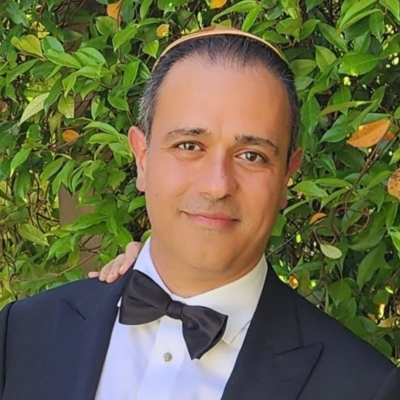
Secure Present Before Building Future Wealth
When prioritizing saving versus investing, I focus first on establishing a solid emergency fund that covers at least three to six months of essential expenses. This provides financial security and prevents the need to sell investments during market downturns or emergencies. Once this safety net is in place, I shift more attention toward investing for long-term growth. Factors I consider include my financial goals, timeline, and risk tolerance. If my goals are short-term or require liquidity, saving takes precedence. However, for goals further in the future like retirement, investing becomes the priority to take advantage of compound growth. I also consider current market conditions and my cash flow to determine how much I can consistently allocate toward investments without jeopardizing daily expenses. Balancing these elements helps me create a flexible financial strategy that secures my present needs while building wealth for the future.

Save Cash for Opportunities Worth Waiting For
When the market’s crazy and sellers have all the power, I just save my money. I wait for something better to come along, maybe a property not even listed yet. That’s what I did last time. I saved up cash, then bought a fixer-upper when things cooled down. My advice? Have cash ready to move fast, but don’t spend it all. You’ll need extra for the problems you never see coming.




